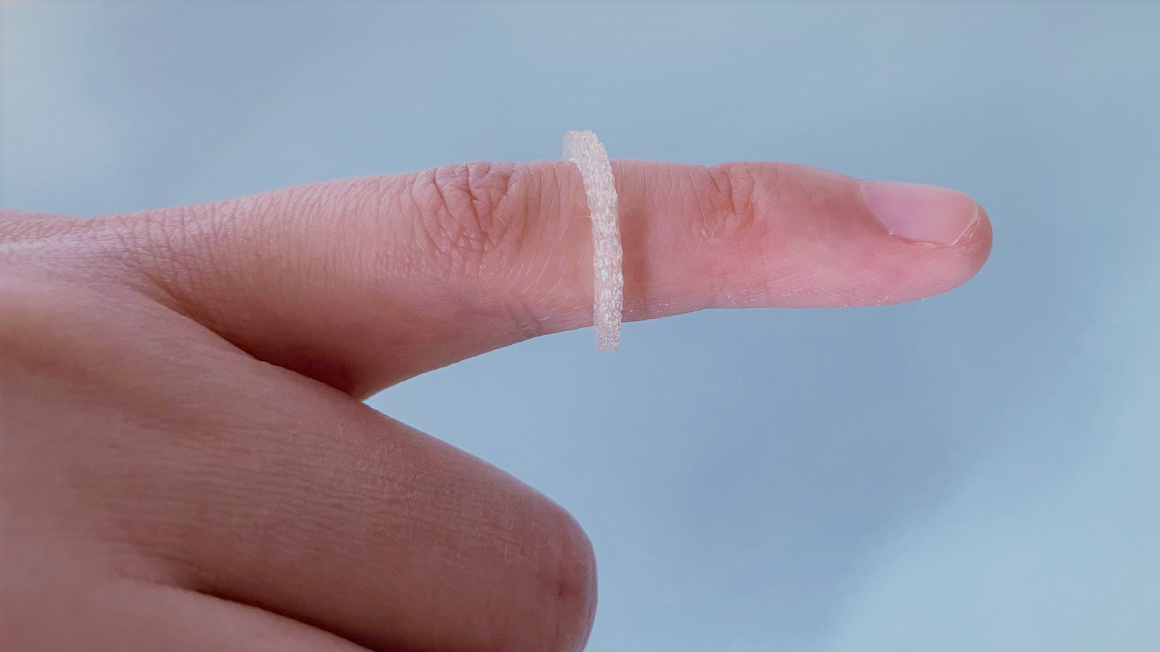Ring shaped mosquito repellent
Researchers from Halle have used a 3D printer to encapsulate an insect repellent in a biopolymer and molded it into a finger ring that protects against mosquitoes.

Mosquitoes can make spending time outdoors miserable - especially if you don't have a suitable insect repellent to hand. There are sprays or creams that are supposed to keep the insects away. But if you spend a lot of time outdoors, you need to renew your protection regularly. Researchers at Martin Luther University Halle-Wittenberg (MLU) have now found a way to make the protection last not just hours, but even days.
Insect repellent encapsulated in biopolymer
The insect repellent comes in the form of a finger ring made of a biodegradable polymer, as the team reports in the International Journal of Pharmaceutics. Using a special 3D printing technique, the researchers succeeded in introducing the insect repellent into the biopolymer in a controlled manner and then shaping the substance mixture into the appropriate form. The substance used here is an insect repellent from Merck. It is considered to be well tolerated and is usually used as a spray or lotion.
Evaporated substance forms barrier
"The basic idea is that the insect repellent evaporates continuously, i.e. is released into the environment, and then forms a barrier against insects," explains the study's first author, Fanfan Du from MLU. How quickly the substance evaporates depends on various factors such as temperature, concentration and structure of the polymer used. However, experiments and simulations showed that the insect repellent can protect against mosquitoes for a week at a body temperature of 37 degrees Celsius. Only after this time was the insect repellent completely evaporated.
The insect protection ring is still a prototype. The researchers have thus shown that it is possible in principle to produce wearable insect protection. Whether this will also prove itself under real conditions still needs to be researched. The biopolymer used for encapsulation is also to be further optimized. The research work was funded by the German Research Foundation and by the European Social Fund (ESF) and the state of Saxony-Anhalt.
bb


